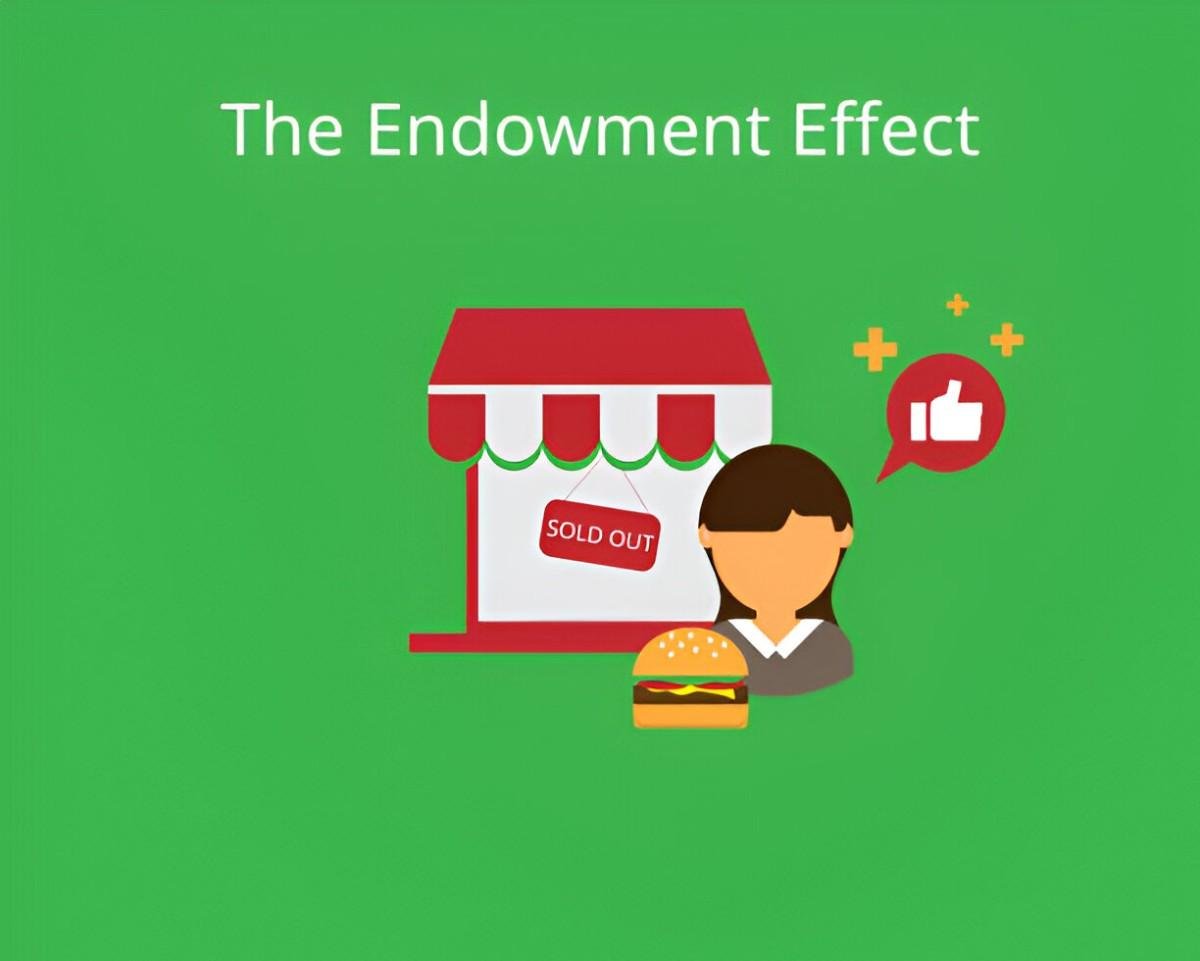Introduction
The endowment effect is a psychological bias that influences decision-making. People tend to value things they own more than equivalent things they do not own. This bias can distort economic behavior, affecting pricing, investment, and consumer choices. In this article, I will explore the theory, its origins, real-world implications, and its connection to behavioral economics and finance. I will also discuss its mathematical representation and practical examples.
Table of Contents
What is the Endowment Effect?
The endowment effect occurs when individuals assign a higher value to an item simply because they own it. This phenomenon contradicts the traditional economic assumption of rational decision-making, where a person should value an item the same regardless of ownership.
Historical Background
The endowment effect was first introduced by economist Richard Thaler in 1980. He observed that people often demand a higher price to sell an object than they are willing to pay for the same object if they did not own it. This concept aligns with other behavioral biases, such as loss aversion, where individuals feel losses more intensely than equivalent gains.
Psychological Foundations
The endowment effect is closely linked to the concept of loss aversion, which was formalized by Daniel Kahneman and Amos Tversky in Prospect Theory (1979). According to their research, the pain of losing something is greater than the pleasure of gaining something of equal value. This asymmetry leads people to overvalue possessions simply because they own them.
Mathematical Representation
To illustrate the endowment effect mathematically, assume an individual’s perceived value of an object follows:
V_{owned} = \alpha \times V_{market}where:
- V_{owned} = \alpha \times V_{market}
- V_{\text{market}} is the market value of the object
- \alpha is a bias factor where \alpha > 1 due to the endowment effect
For instance, if an individual values a coffee mug at $5 before ownership but at $7 after ownership, then α=1.4 = 1.4. This means the ownership inflated the perceived value by 40%.
Real-World Implications
1. Consumer Behavior
The endowment effect influences consumer decisions, particularly in retail and e-commerce. For example, free trials and test drives capitalize on this bias. A person who tries a product for free is more likely to purchase it because they begin to view it as their own.
Example:
- A software company offers a 7-day free trial. Users become accustomed to the software, making them more likely to subscribe rather than lose access.
2. Investment Decisions
Investors often exhibit the endowment effect when they overvalue stocks they own, leading to irrational holding behavior. This can result in missed opportunities for diversification or tax optimization.
Example:
- An investor buys shares of a company at $50. Despite a market consensus valuation of $45, they refuse to sell below $55 because they subjectively overvalue the stock due to ownership.
3. Real Estate Pricing
Homeowners frequently overprice their homes compared to market valuations, leading to prolonged listing times and difficulties in selling.
Example Calculation:
- A seller lists a house at $400,000, but market analysis suggests a fair price of $370,000. The seller’s perceived premium of $30,000 (7.5%) stems from the endowment effect.
4. Legal and Contract Negotiations
In legal disputes, parties often overvalue their claims or settlements due to ownership, leading to prolonged litigation.
Example:
- A plaintiff refuses a $50,000 settlement because they perceive their case as worth $80,000, even when an objective valuation suggests a lower amount.
Comparative Analysis with Similar Biases
The endowment effect shares similarities with other cognitive biases but has unique characteristics.
| Bias | Definition | Key Difference from Endowment Effect |
|---|---|---|
| Loss Aversion | Losses are felt more intensely than equivalent gains | Endowment effect specifically inflates ownership value |
| Status Quo Bias | Preference for the current state over change | Does not require ownership, just familiarity |
| Sunk Cost Fallacy | Continuing investment due to past expenses | Focuses on past investment, not ownership |
Strategies to Mitigate the Endowment Effect
Understanding the endowment effect is crucial for making rational economic decisions. Here are some strategies to counteract its influence:
- Use Objective Valuation Methods: Relying on market research, third-party appraisals, and data-driven analysis can help counter biased perceptions.
- Consider Opportunity Costs: Evaluating what else the money could be used for can help in decision-making.
- Delay Decisions: Giving oneself time before making a final choice can reduce emotional attachment.
- Seek External Perspectives: Getting advice from neutral parties can provide a balanced view on an item’s actual worth.
Conclusion
The endowment effect is a powerful psychological bias that affects economic and financial decisions. It challenges traditional economic theories by demonstrating that ownership alters perception of value. Understanding this bias allows individuals and businesses to make more rational choices. By applying objective valuation techniques and considering broader economic factors, we can mitigate its influence and improve decision-making in everyday life.





